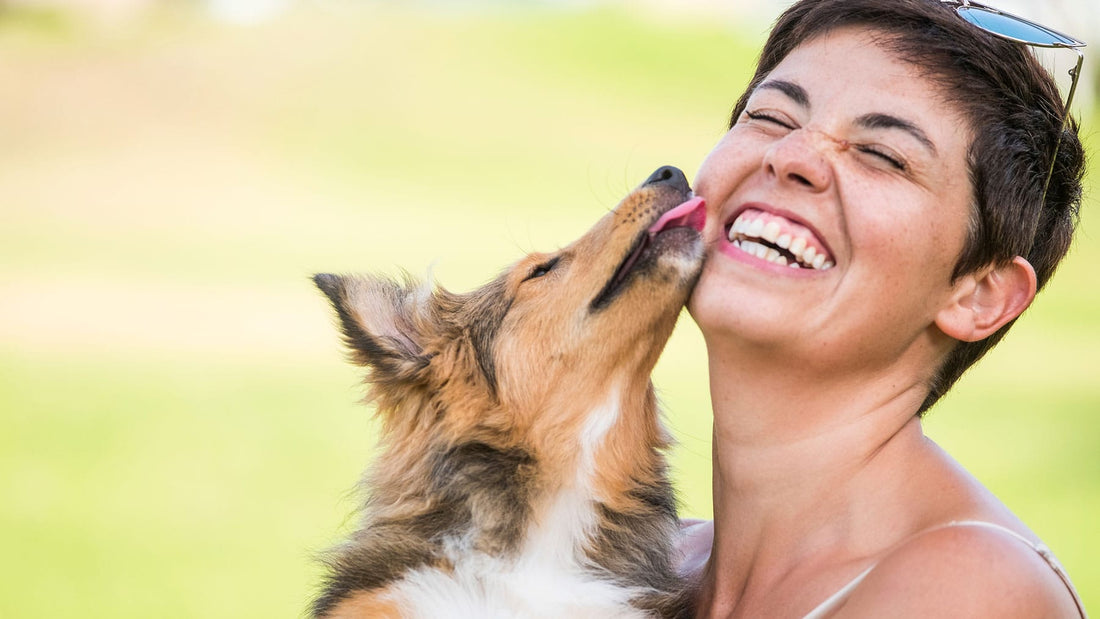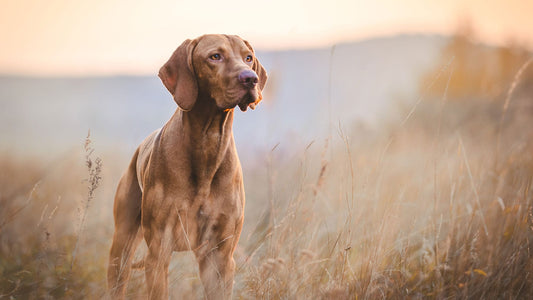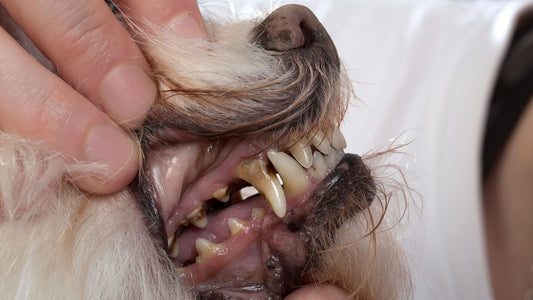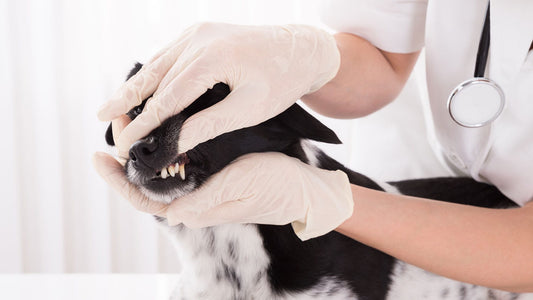What is the historical pursuit of fresh breath?
Oral hygiene has had a colorful history, the world over. While some form of a toothbrush has been around for thousands of years, predating the toothbrush are toothpastes and powders.
Early Adopters of Pastes and Powders
According to a Library of Congress-sourced article, put out by Colgate, before the invention of the toothbrush came toothpaste and tooth powders. Long before the Egyptians created the pyramids, sphynxes and mummies, they concerned themselves with cleaning their teeth and creating fresh breath. It is believed that in around 5000 BC, the Egyptians started using various types of pastes to freshen up their mouths.
Many thousands of years later, the people of China and India started using toothpaste in about 500 BC. Joining them a little later on were the Romans and Greeks who had their own interesting ideas on pastes.
Toothpaste ingenuity
While early toothpaste creators were definitely onto something with their focus on antimicrobials, abrasives and cleaning substances, sometimes early attempts at creating healthier teeth and better breath were a little eyebrow raising. For example, ox hoof ashes, mixed with burnt eggshells and pumice, or crushed bones and oyster shells.
Less abrasive versions involved using powdered charcoal and bark. Charcoal is still used today in powder or paste form and is also embedded in the bristles of some toothbrushes.
The Chinese used a variety of breath fresheners in their pastes like ginseng, herbal mints and salt.
It wasn’t until the 1800s that we began to have a better record of more modern attempts at toothpaste which included various versions and combinations of soap, chalk and occasionally charcoal.
Oral hygiene wouldn’t have come as far as it has, though, with the invention of the toothbrush, so without further ado…
The origins of the toothbrush
The ancient Babylonians and Egyptians are credited with the first attempt at a toothbrush from 3500 to 3000 BC. They took twigs and frayed the ends, using those to remove plaque and tartar. The Chinese invented chewing sticks around 1600 BC which were made from aromatic tree twigs and were also used to freshen breath.
Modern toothbrushes entered the scene in the late 18th century. England’s William Addis created a brush out of beef bone and swine bristles.
Until 1938, pig bristles were all the rage until Dupont to invented nylon. At first, the nylon bristles were a little harsh on the teeth and gums, but by the 50s the brush heads had evolved to softer bristles.
Along came the electric toothbrush in 1939 and in 1960, the U.S. made their first electric brush.
Inventing a better toothbrush
While today’s toothbrush is usually just an ergonomic evolution of the original toothbrush, we’ve still come a long way. Petosan has imagined and then created the “better mousetrap” of toothbrushes with their two-headed brush for dogs and they’ve certainly surpassed other designs with their sonic model.
For the health of your pet and your peace of mind, it’s time to look into Petosan oral health products.






